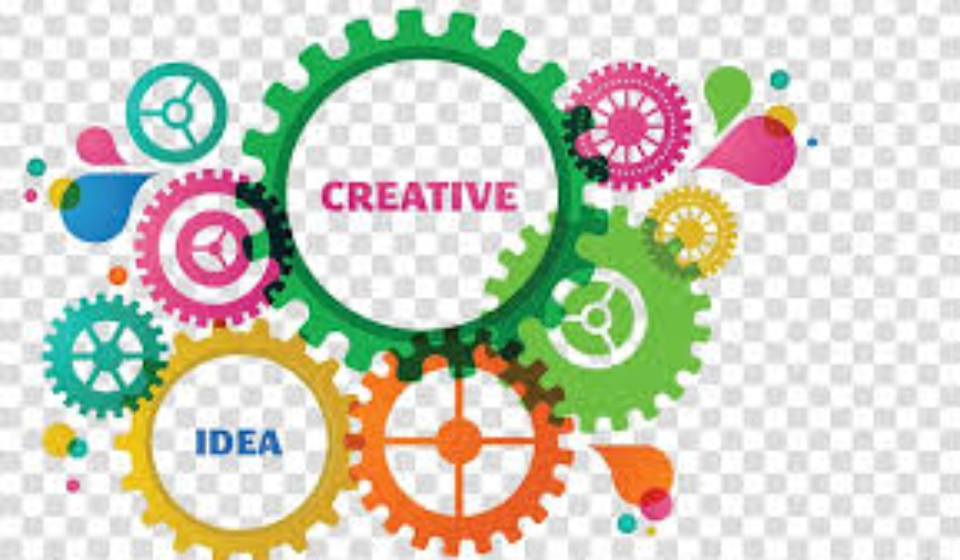As a web developer, there are various services you can offer to clients. Here are some common web development services:
- Website Development: Creating new websites from scratch based on client requirements. This includes designing the website layout, implementing functionality, and ensuring compatibility across different browsers and devices.
- Front-End Development: Building the user interface (UI) and user experience (UX) of a website using HTML, CSS, and JavaScript. This involves creating responsive designs, optimizing performance, and enhancing interactivity.
- Back-End Development: Developing the server-side logic and database functionality of a website. This may involve working with technologies such as PHP, Python, Node.js, or Ruby on Rails, and integrating with databases like MySQL or MongoDB.
- Full-Stack Development: Combining front-end and back-end development skills to handle both the client-side and server-side aspects of web development. Full-stack developers can work on all layers of a web application, from the user interface to the database.
- Content Management Systems (CMS): Implementing and customizing CMS platforms like WordPress, Joomla, or Drupal to create websites with dynamic content management capabilities. This allows clients to update and manage their website content easily.
- E-commerce Development: Building online stores and integrating payment gateways for businesses to sell products or services online. This involves setting up product catalogs, shopping carts, secure checkout systems, and order management functionality.
- Web Application Development: Creating web-based applications that perform specific functions or provide particular services. These applications can range from simple form submissions to complex systems with advanced functionalities.
- Website Maintenance and Support: Providing ongoing support and maintenance services for websites, ensuring they remain up-to-date, secure, and functional. This may include troubleshooting issues, applying updates, and optimizing website performance.
- Responsive Web Design: Developing websites that are optimized for different screen sizes and devices, including desktops, tablets, and mobile phones. This ensures a seamless user experience across various platforms.
- Website Optimization: Analyzing and improving website performance, including page load speed, search engine optimization (SEO), and overall user experience. This may involve techniques such as caching, image optimization, code minification, and implementing SEO best practices.
- Website Security: Implementing security measures to protect websites from hacking attempts, data breaches, and other cybersecurity threats. This includes using SSL certificates, securing user authentication, and implementing security best practices.
These are just a few examples of the services web developers can offer. The specific services you provide may depend on your expertise, experience, and the needs of your clients.



